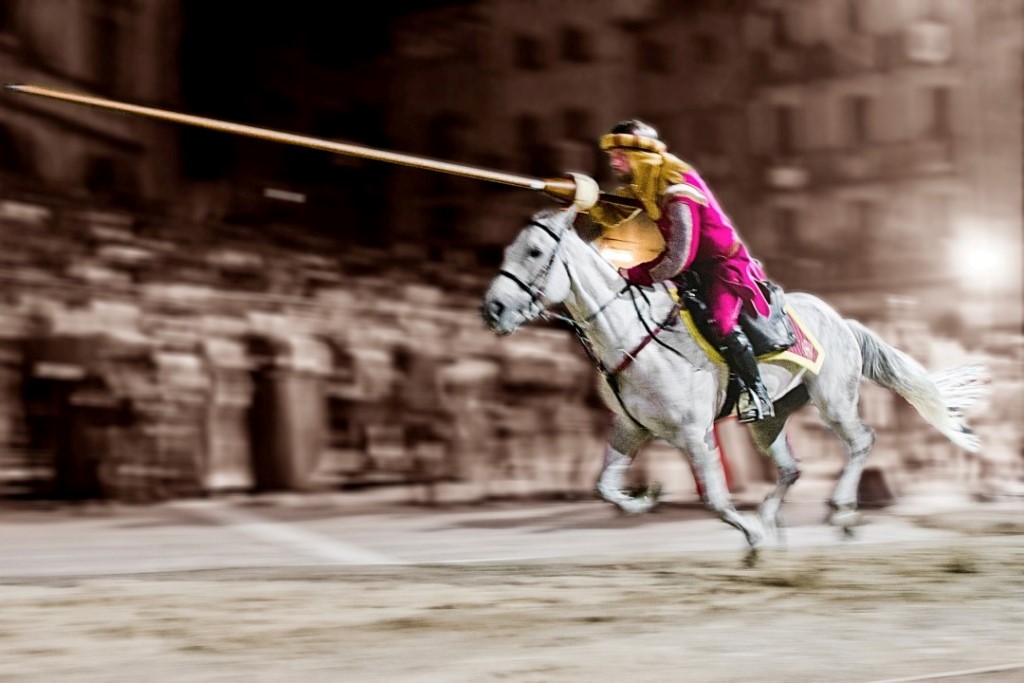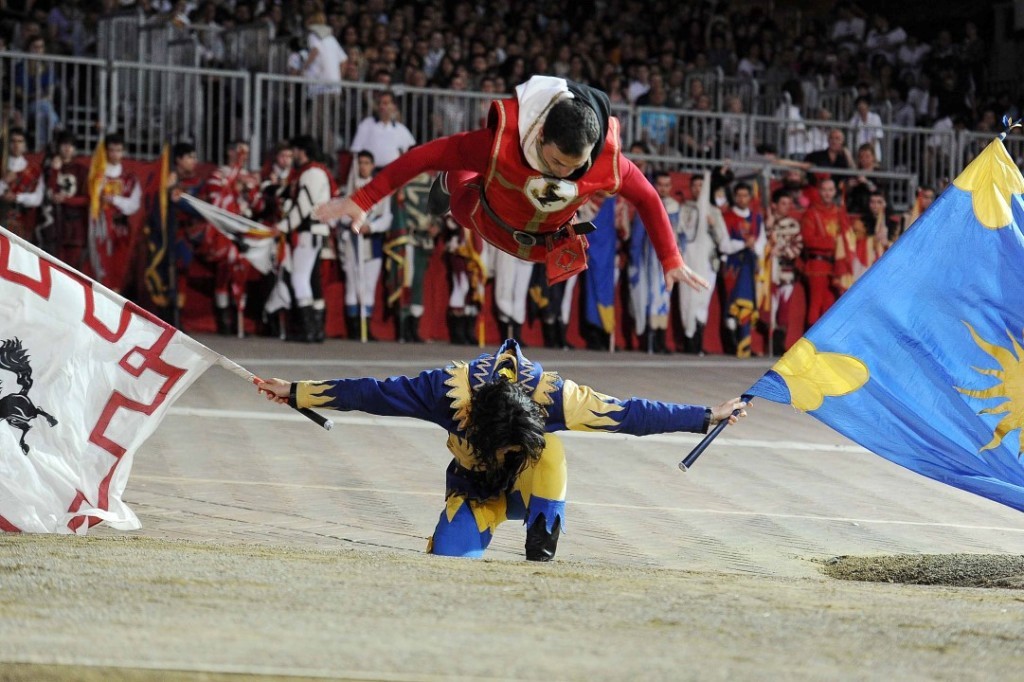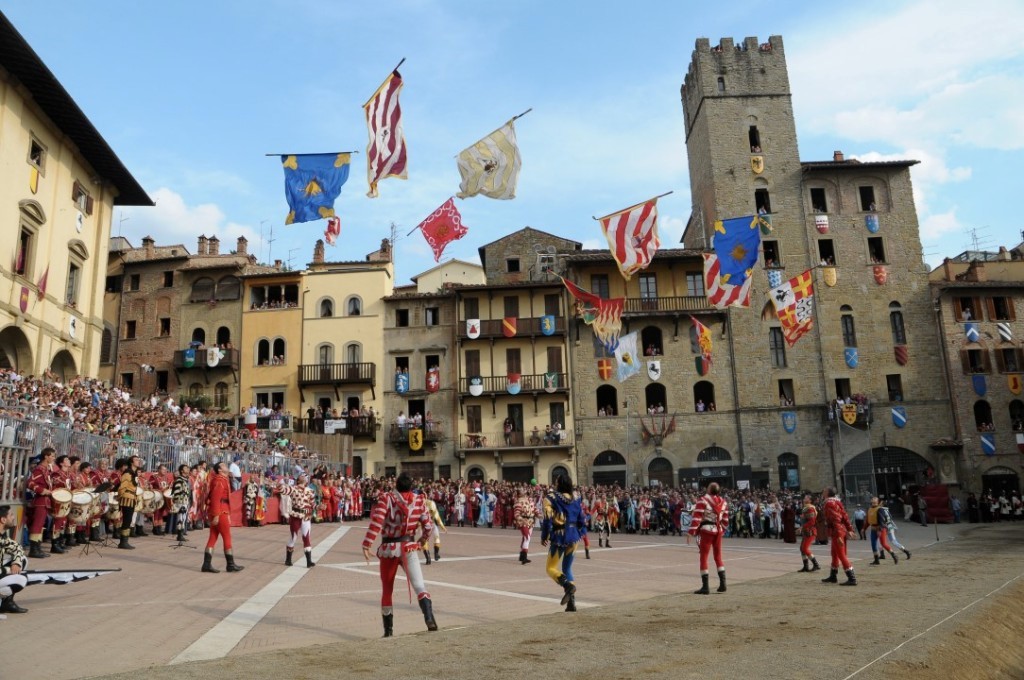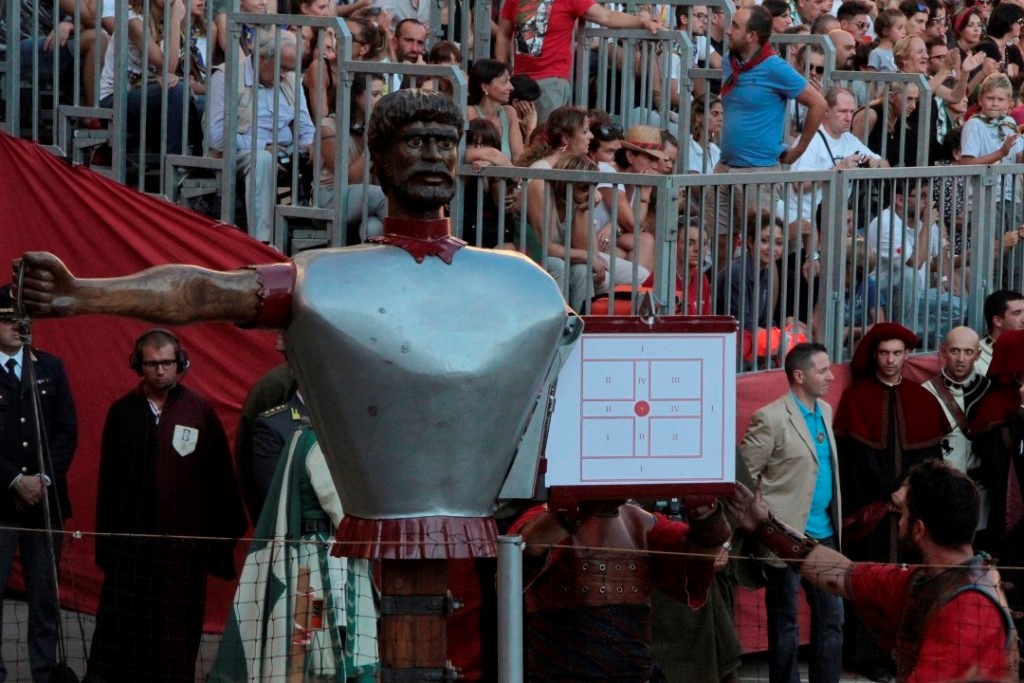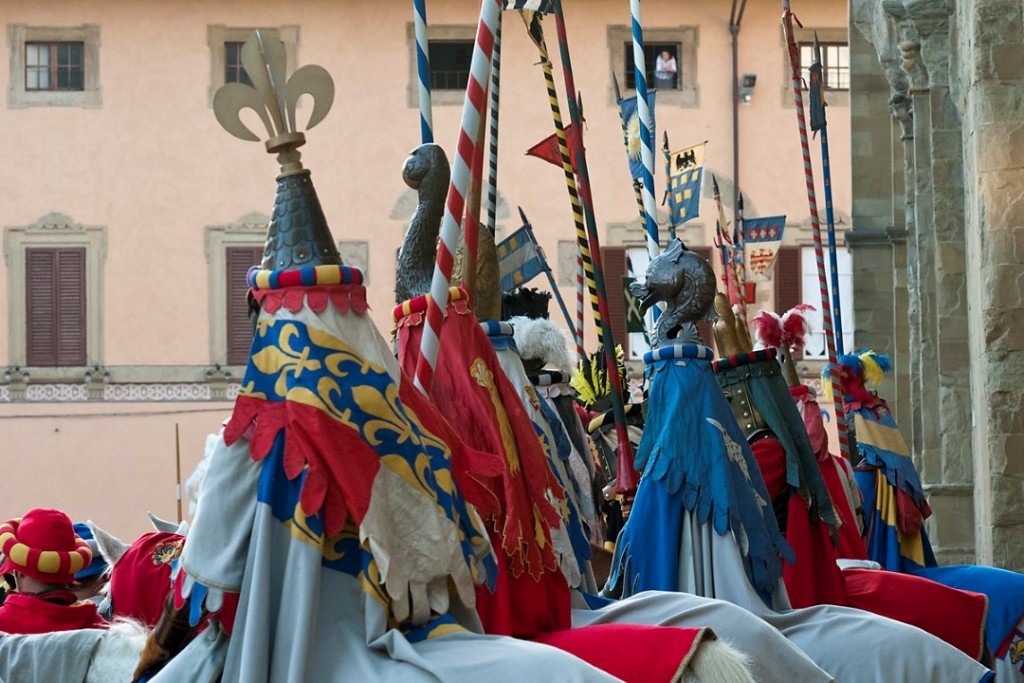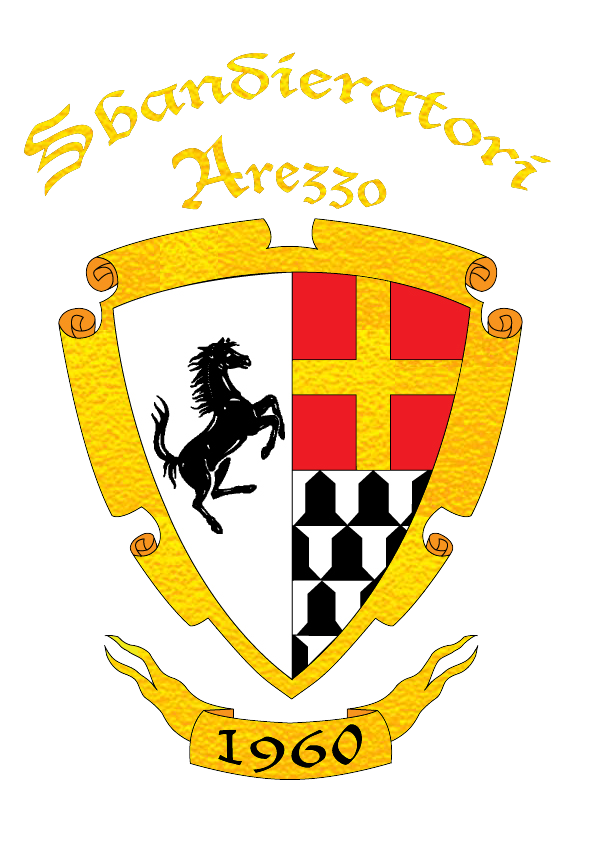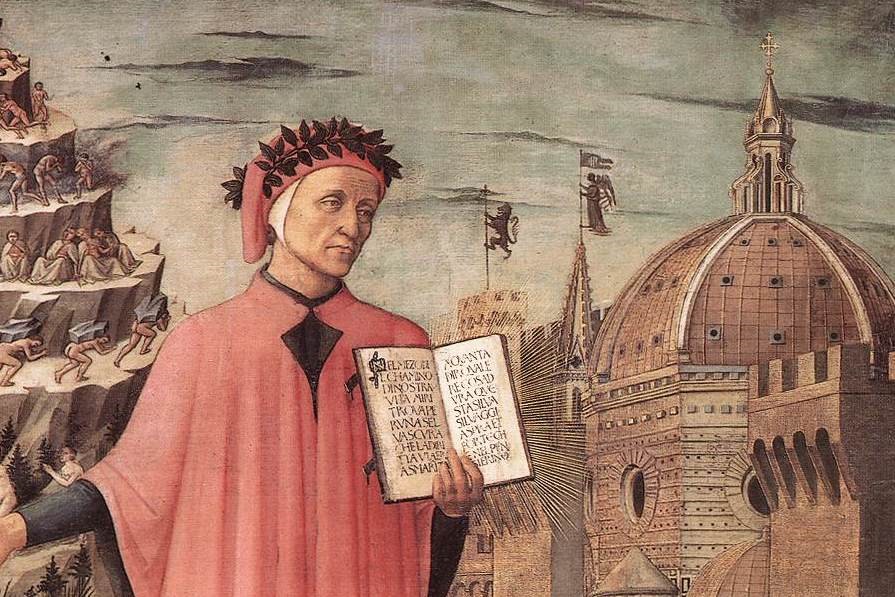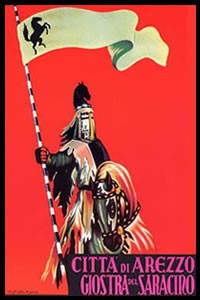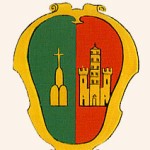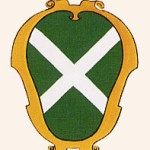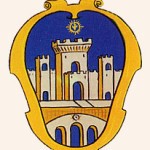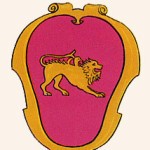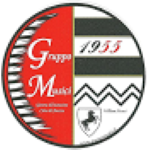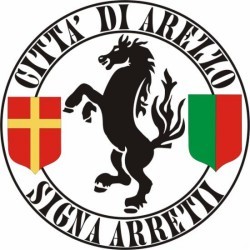Dante Alighieri in his Divine Comedy
Canto XXII of the Inferno
“I have seen horsemen in the past break camp,
muster their army and open assault,
and at times even beat a quick retreat;
I have seen outriders roam your countryside,
o Aretines, and seen raiding-parties charge,
tournaments clash and jousters galloping”
The Saracen Joust
The Saracen Joust is a chivalrous tournament with roots that go back to the Middle Ages. It is the evolution of a military training exercise in which a knight, armed with a lance, would charge an automaton resembling the enemy.
In the Middle Ages, jousts and tournaments were held to celebrate important events. Some standard-bearers, skilled at “handling banners”, used to take part in the processions of the tournaments, holding the insignias of the noblest families and those of the quarters.
Then, in the twentieth century, under the influence of romanticism (that reappraised the Middle Ages and revived many folk traditions), a more modern version of the Joust was conceived to commemorate the seven hundredth anniversary of the birth of Petrarch, born in Arezzo in 1304.
However, it was in 1931 that the old knightly combat was permanently restored in the form of a fifteenth century pageant. The Joust was held in Piazza Grande for the first time and, instead of an individual competition as in the past, the jousters now represented the 4 historic quarters trying to win the coveted “Golden Lance”. This tradition, which was only interrupted during World War II (1941-1947), has survived until today.
